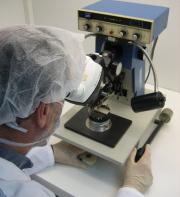In 2022, XCAM delivered an advanced multi-sensor digital camera system based on electron-multiplying CCD technology to Pennsylvania State University, a key part of their Off-Plane Grating Rocket Experiment (OGRE) sub-orbital sounding rocket mission. Incorporating many of the highly specialised technologies XCAM is known for including; complex low-noise detector drive electronics, multi-detector focal planes, in-vacuum operations and cryogenic cooling, OGRECam enables unparalleled low-noise performance for the OGRE X-ray spectroscopy application.
Some publications on OGRE and OGRECam:
Evan, Daniel A. R.; Holland, Andrew D.; Endicott, James; Holland, Karen; Gopinath, David; Tutt, James H. and McEntaffer, Randall L. (2022). The focal plane camera for the Off-plane Grating Rocket Experiment. In: X-Ray, Optical, and Infrared Detectors for Astronomy X (Holland, Andrew and Beletic, James eds.), SPIE Astronomical Telescopes + Instrumentation, article no. 1219115.
Tutt, James H.; McEntaffer, Randall L.; Donovan, Benjamin D.; Schultz, Ted B.; Biskach, Michael P.; Chan, Kai-Wing; Kearney, John D.; Mazzarella, James R.; McClelland, Ryan S.; Riveros, Raul E.; Saha, Timo T.; Hlinka, Michal; Zhang, William W.; Soman, Matthew R.; Holland, Andrew D.; Lewis, Matthew R.; Holland, Karen and Murray, Neil J. (2018). The Off-plane Grating Rocket Experiment (OGRE) system overview. In: Proc. SPIE 10699, Space Telescopes and Instrumentation 2018: Ultraviolet to Gamma Ray (den Herder, Jan-Willem A.; Nikzad, Shouleh and Nakazawa, Kazuhiro eds.), article no. 106996H.
View the OGRECam poster here:


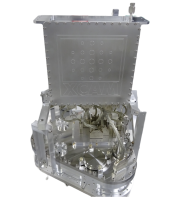
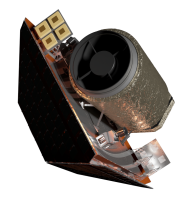
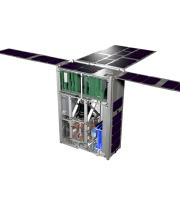

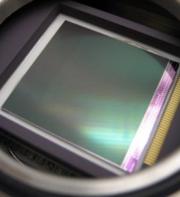
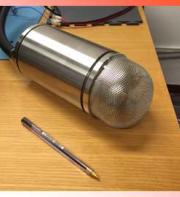
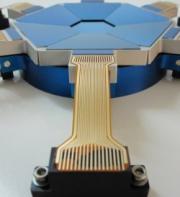 ,
, 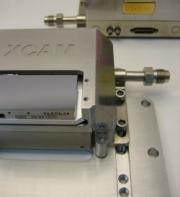 ,
, 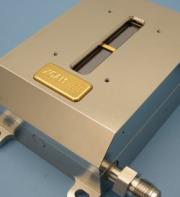
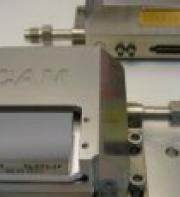
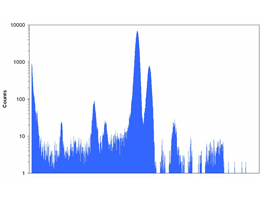
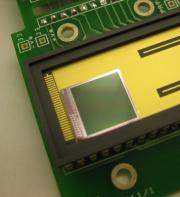 ,
, 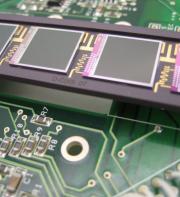 ,
, 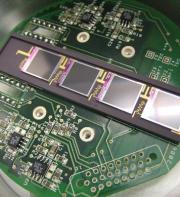
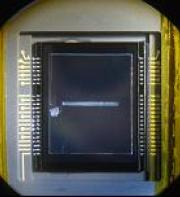
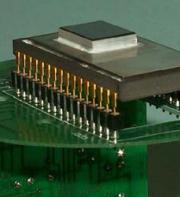
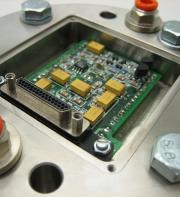 ,
, 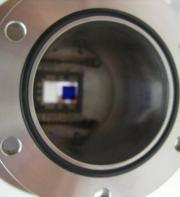 ,
, 